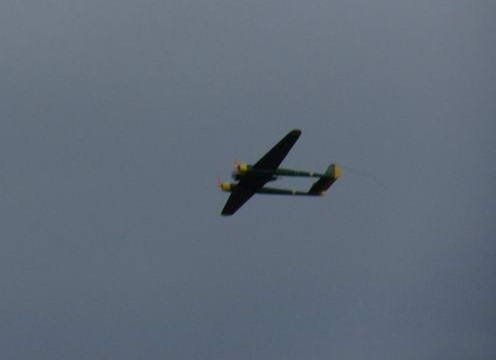
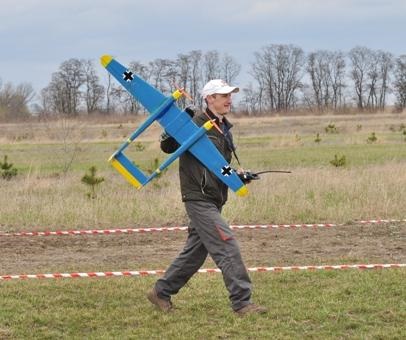
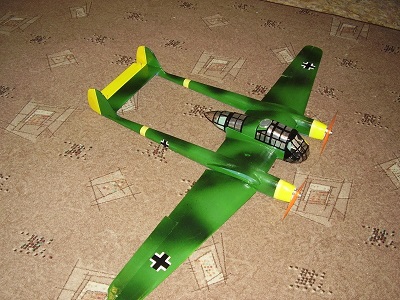
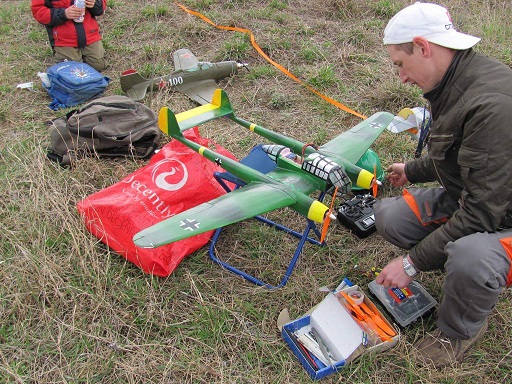
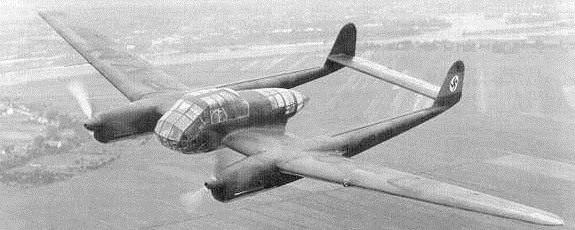
Always as you decided building a new model it is hard to select a new prototype. I look the shapes and form as well. I look to something the famous but other hand it should be rare enough as a model.
I wanted a lot to build twin a long time but I could not appoint with prototype. At last I saw the picture the famous II World War plane - Focke-Wulf Fw 189 Uhu ("Eagle Owl").
I ended on 1/14 scale. In this scale the wing span should be at 1300 mm. I planned using two electro motors. The
foam had to be using for construction.
НThe good plan was found on a German model website.
The beam was divided on five parts – the cowl, the engine compartment, the central section, the tail beam and fin. All parts were lighted inside with heat string. The parts have strait shapes and they can be built and glued easy.
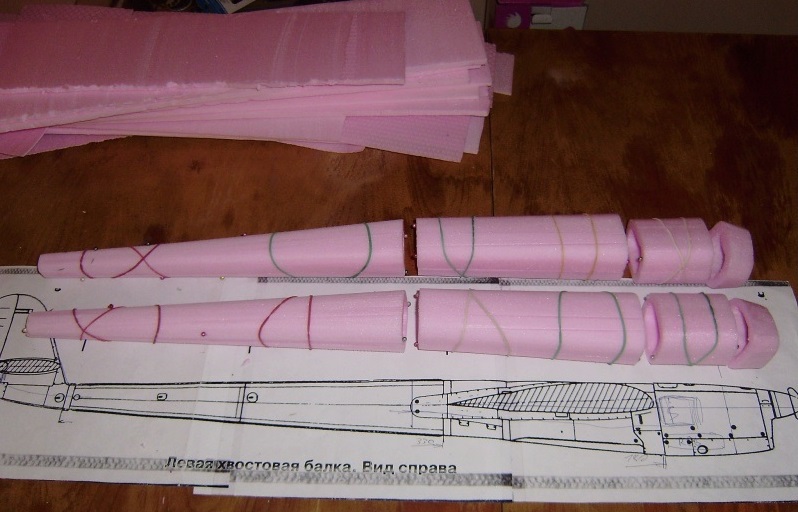
The wing consists from three parts for convenient transportation. Thing foam was used for construction of the wing panels. The shape was achieved with the root and tip ribs. The wing was sheeted with thing foam. A front spar was made as a box for aluminum wing joiner. Ailerons are controlled with two servos installed onto two wing bases. The width of ailerons was enlarged. Later I noticed that it was not enough. The length of the ailerons had to be enlarged as well. Separated ailerons allows to use them like flap ailerons.
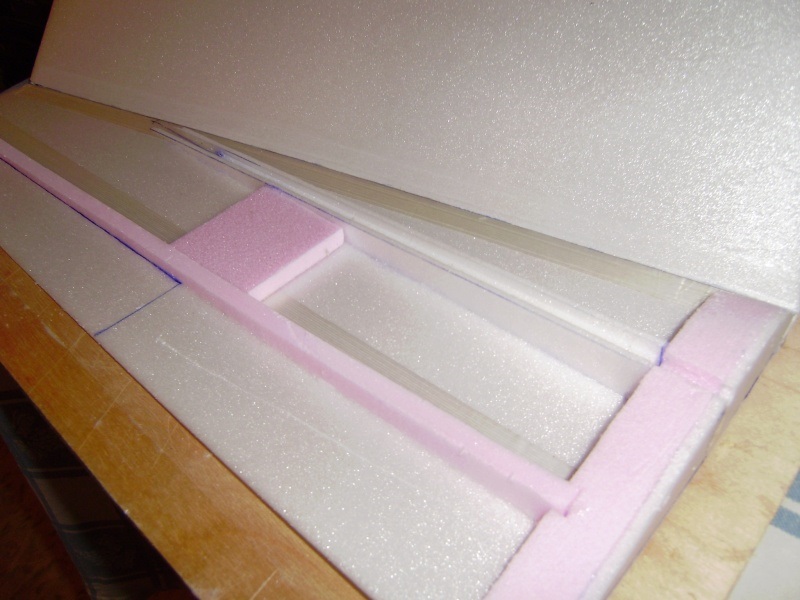
The central section of wing was made from packing foam. It has spruce forces. A cabin was made from 8 mm sheet of foam. A canopy doesn’t big but it is big “greenhouse”. It was designed to produce good observation 360 degrees around. A dashboard was on the top of canopy. On model this compartment was used to place a receiver and a battery.
The fins were built from 8 mm sheet of foam. Tail edges were forced with balsa. I did not use pushrod to control rudder instead of two micro servos (400 gr/sm) were glued into fins. They fitted flash with surface of fins. I used Y cable to connect servos to a receiver.
A stab and a elevator have a big square due this I had to decrease throws till 35-40%. A bouden was used to control the elevator. Elevator servo was installed at the center of wing on the star board beam.
The structure of canopy is a glass held in a construction. At the first I wanted following the same way on the model. But I decided that it was too hard on such size of the model. Therefore a vacuum box was built for making canopy. A form was made from piece of wood. It took about 30 min. A nose part of canopy was made from packing plastic. A tail part of canopy was made from a spinner’s packaging Great Planes. Strips of aluminum scotch were used as structure imitation of the canopy.
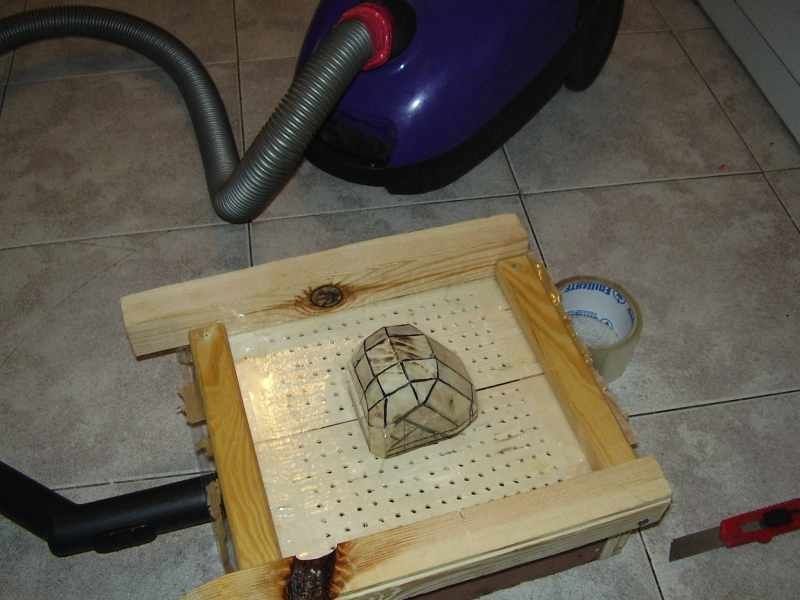
Speed controllers are placed in the nacelles behind the engines. Power wires are soldered together. Two BECs are connected together through homemade adaptor. The adaptor is made from two Schottky Barrier Diodes BYV26. If one BEC is out of order the receiver will have power from other one.
Two speed controllers are controlled two mixed independed channels. The ailerons are controlled from separate channels. I use a couple modes. Take off mode is dual rate with. Fly mode is full TA and flapailerons. I made some mixers rudder to throttle. Throttles have 30% mix from rudder and 10 % mix from additional channel. I can turn RPM unison. Also it took me opportunity to have different thrusts from engines.
The model was covered with scotch and was painted with spray nitro paint. I did not try making scale paint it more like same thing close.
Two KDA-2028-1000kV, props GWS 8x4 LR, speed controllers TowerPro 18A, battery is a 3s 1300 mA, it is enough for 7-8 min. The motors are attached to firewall from 3 mm plywood. They are installed down 1.5 degree and 1.5-2 degree outward from center.
The weight of the model is 800 gr.
After a couple of successful flights I want saying that the model has good bank stability, it has snappy elevator reaction and it makes sharp turn with rudder and different motor thrusts. The model has reserve of power. The 60-70% of power is enough for regular fly. It requires a little bit speed on landing to keep good aileron control.
The common visual evaluation – the model is pretty in the air with well knows frame shape.
 |
 |
 |
 |
Despite on some problems were happened during building process I like it. It was my first step to twin and multi engines models.
It is a clip of the maiden fly.